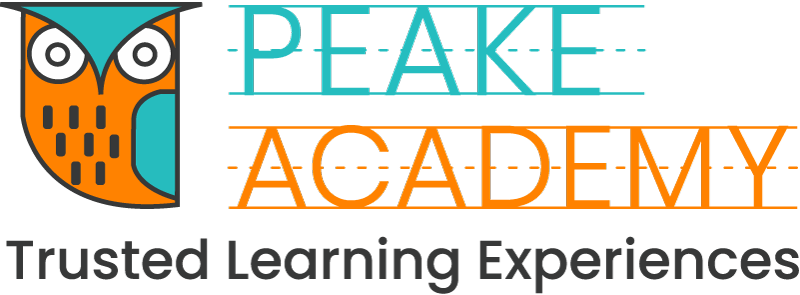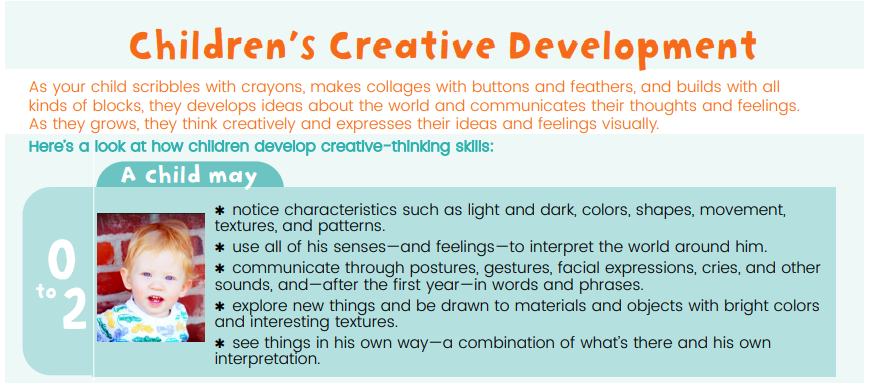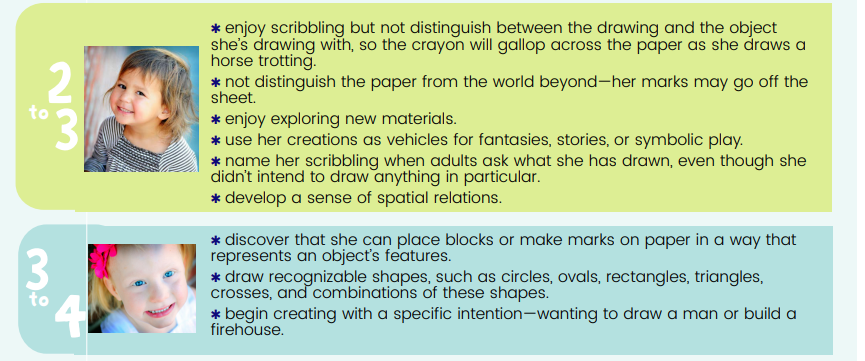Stages of the Preschool Toddler
Get ready for a parenting roller coaster ride! The next three years will be a thrill a minute for you and your baby or toddler.
Your newborn will go from seemingly helpless to talking, from unable to hold his or her head steady to a walking, running, hopping, and jumping preschool toddler!
As miraculous as this process seems, it follows three developmental rules.
Rule #1: Predictable Sequence
The first rule is that growth follows a universal and predictable sequence. The sequence is the same for every child in all areas of development. Children all over the world move through this sequence in the same way. This predictability is very helpful because it allows parents, pediatricians, and early preschool childcare providers to track development and to confirm that it is proceeding normally and does not require any supportive intervention.
Rule #2: Individual Pace
The second rule is that each child has a very individual pace through the predictable developmental sequence. This is why comparisons between children of the same age are not very helpful. One child might pull to a stand and walk at 9 or 10 months while another may not do so until 14 or 15 months. The difference reflects the child’s pace of development – not acceleration or delay in the sequence of development.
This principle also highlights the uneven nature of development. Developmental growth seems to come in spurts. Your baby might work on physical development until he/she can pull to a stand and walk before she or he moves on to developing language, while another baby might talk up a storm long before he/she even tries to get up on all fours to crawl. It is this part of development that illustrates the uniqueness of your preschool toddler.
Rule #3: Simple to Complex
The third rule in parenting is that development goes from the simple to the complex. Simple skills come before more complex ones can be learned.
Children don’t walk before they can hold up their heads, rock on all fours, sit without support, scoot, and crawl.
Let’s take a look at some of the different areas of development help to illustrate these three developmental rules.
Preschool Toddler Developmental Rules
Physical development is probably the easiest area to see these principles applied because physical development is so easy to see.
Child Developmental Rule # 1
Children develop their bodies from the top-down and the inside out. This predictable sequence has a big name – the cephalocaudal/proximodistal trend of motor development – which means that children learn simple motor skills before they learn more difficult ones.
For example, children always hold objects between the thumb and forefinger before they can scribble with a crayon. Coordinating two fingers is easier than coordinating the movement of the fingers, hand, and arm.
Child Development Rule # 2
Each child’s pace through the sequence is unique and individual. This can easily be seen in sitting up, holding a spoon, and getting food to the mouth, or walking. The variation among children for acquiring any of these skills can be as much as 3 or 4 months and still be well within the normal range.
Child Development Rule # 3
Language development also follows the same rules. We can reliably predict the sounds (b, p, d, and t) children will acquire first.
Then, children say easy-to-say sounds (like “m” in Mama) before they say hard-to-say sounds (like “kw” in queen). Finally, some children acquire these sounds by 8 or 9 months while others say no recognizable sounds until after their first birthday.
What Do These Development Rules Mean for Parenting?
These preschool toddler development rules tell us to follow the predictable sequence of development, chart emerging skills, and celebrate acquired ones. Part of your parenting responsibility is to know where your baby or toddler is on the developmental continuum. This will help you to know what to celebrate and what to stimulate.
The rules also remind parents to celebrate their child’s uniqueness and individuality. Your child’s pace of development is a very special part of him or her – the part of your child that is like no other child in the universe. Avoid comparisons to siblings or classmates. Be proud of the pace your child sets, regardless of how it compares to the pace of others.
Finally, the rules of development remind us that nature has a near-perfect plan for the development of your baby into a preschool child. It can’t be rushed or accelerated. It can’t be slowed down or stopped. The developmental stages can be watched to make sure your child is developing all of his or her potentials.
Differences in development can alert you to special individual differences as well as to potential problems that can be fixed or solved during the early childhood years.
Either way, knowledge of the predictable sequence, the individual pace, and the growth from simple to complex is a tool to help ensure that your child grows up successful and competent. To learn more about the stages in childhood or to connect with other parents about your preschool toddler, join our Parent Advisor private Facebook group.
As your child scribbles with crayons, makes collages with buttons and feathers, and builds with all kinds of blocks, they develops ideas about the world and communicates their thoughts and feelings. As they grows, they think creatively and expresses their ideas and feelings visually.
Have a look at how children develop creative-thinking skills. Get the full version of Children’s Development Chart when you subscribe to our newsletter:





